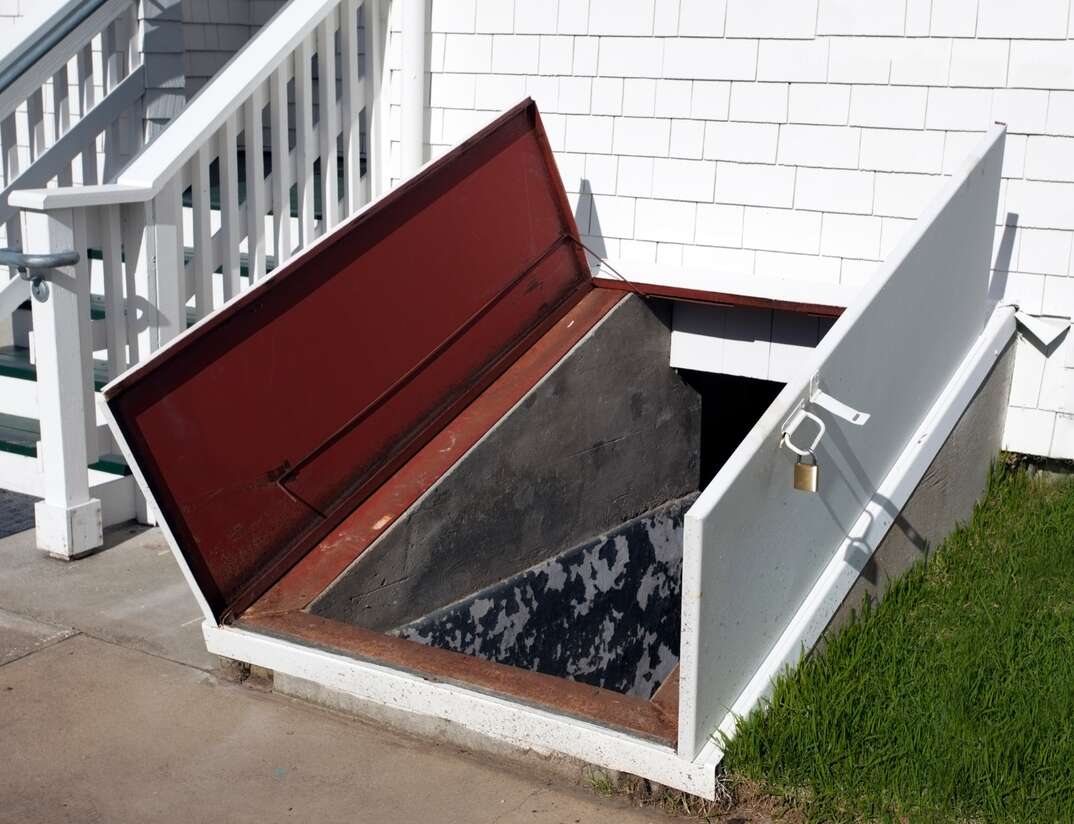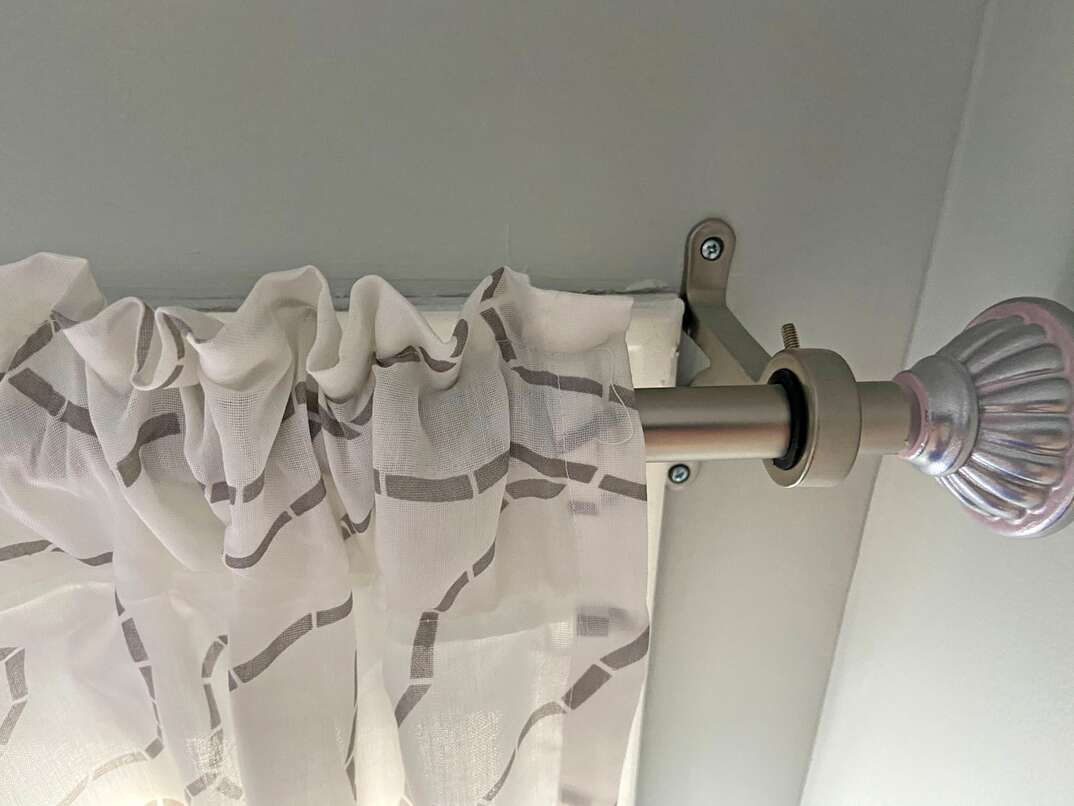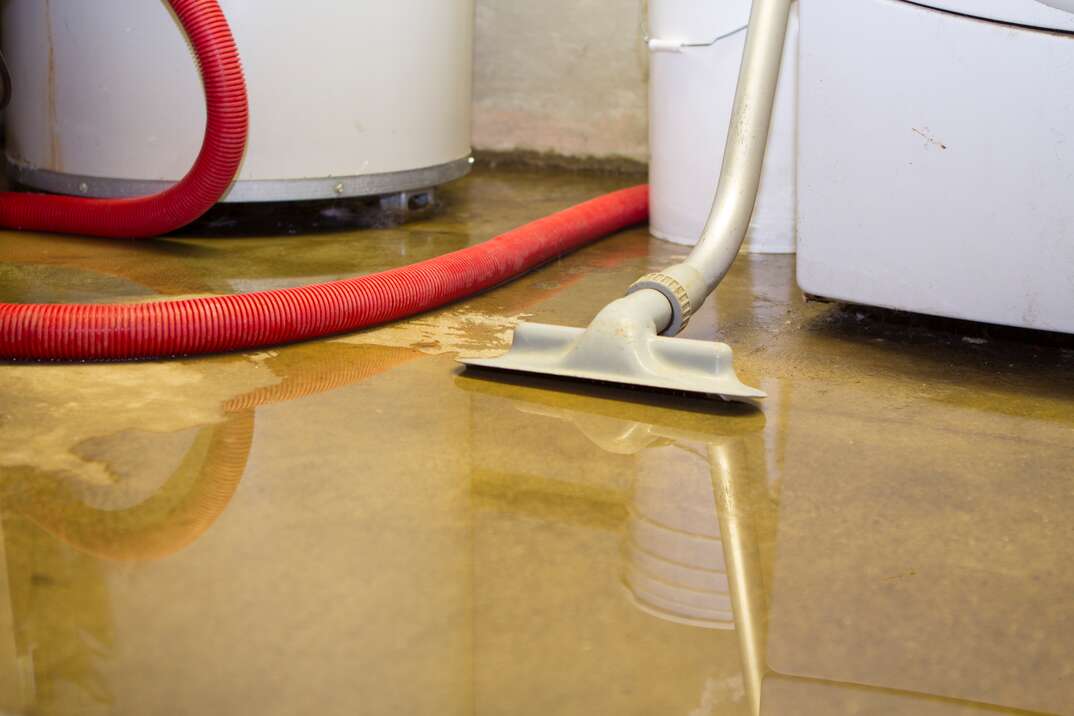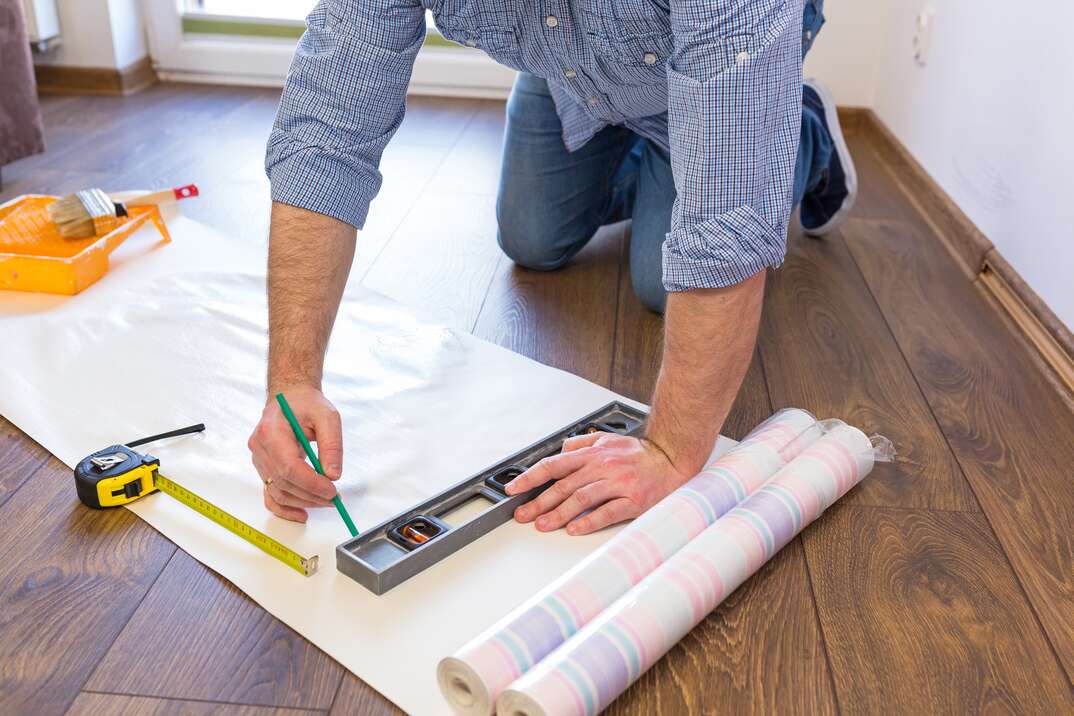Here's How Much It Costs to Build a Tornado Shelter

Your home is meant to protect you and your family from the elements, but it’s not built to withstand serious natural disasters, especially where high-velocity winds are a factor. If you live in the central United States — often dubbed “Tornado Alley” — you’re probably well aware of the destruction severe weather can cause.
This May Also Interest You: Gimme Shelter: Here’s What You Need to Know About Building a Storm Shelter
Installing a storm shelter or safe room on your property may afford you some peace of mind. They’re designed to protect occupants from high winds and flying debris. They often have space to store emergency supplies like bottled water and nonperishable food.
Tornado Shelters: Total Installation Cost
Most tornado shelters and safe rooms cost between about $2,500 and $10,000 (CAD 3,200 and CAD 12,900), according to Bob Vila. The average homeowner spends around $6,300 (CAD 8,100).
Underground Tornado Shelters
Below-ground shelters provide a high level of protection from tornadoes. They may be made out of concrete or steel and are located almost entirely underground to keep occupants out of the path of wind and debris. Simple shelters built in existing basements cost an average of $3,500 (CAD 4,500), according to SFGATE. Digging out new underground space or building a custom shelter can cost up to $30,000 (CAD 38,500).
Above-Ground Safe Rooms
Above-ground shelters are prebuilt, steel rooms built to withstand tornados and other types of disasters. They may be a good option for:
- Areas susceptible to flooding
- Homes without basements
- Properties where underground shelters aren’t appropriate due to limited space or high water tables
- People with limited mobility
Most people spend between $3,000 and $9,000 (CAD 3,850 and 11,500) on building an above-ground tornado shelter in an existing garage. However, costs can be as high as $15,000 (CAD 19,200) for other shelter types. These can be installed in any part of the home, but most people choose to install them in a garage. Above-ground shelters should be anchored to the home's foundation.
Other Factors Influencing Tornado Shelter Cost
Materials
Storm shelters must be made from tough materials, such as concrete, fiberglass, steel or Kevlar. Concrete and fiberglass tend to be cheaper, while Kevlar and steel safe rooms are more expensive.
Customization and Installation
You can order a prefabricated safe room straight from a manufacturer or through a big box or hardware store. Though it's possible to install a safe room yourself, you may want to leave this job to professionals.
The other option is to build a custom shelter from reinforced concrete or Kevlar. This can be an excellent way to turn an existing room or basement into a storm shelter. You'll probably want to consult with a professional to ensure your custom shelter meets local and federal safety standards.
Size
The size of a shelter greatly influences how much it costs. A safe room sized to fit a family in their own home will generally cost less than a community safe room designed to hold 20 people. FEMA recommends at least 5 square feet of space per person and 10 square feet of space for wheelchair users.
Building Requirements
FEMA sets criteria for storm shelters — known as the FEMA P-361 standards — which require these spaces to be capable of withstanding 250 mph winds and flying debris.
You'll want to be sure that your shelter meets FEMA standards as well as any local building codes. Meeting these requirements will protect your safety and the value of your home. A professional who handles shelter installs can make sure that these requirements are met.
More Related Articles:
- What’s a Storm Chaser and Should You Hire Them to Fix Your Roof?
- It's Hurricane Season! Here's Everything You Need to Know to Prepare Your House for Storms
- How Much Do Hurricane Shutters Cost?
- Checked Your Storm Drains Lately? Here’s a List of Maintenance Tasks
- No Water in the Basement! Here’s How to Protect Your Home From Severe Flooding
Are Storm Shelters Worth It?
A storm shelter can be a substantial expense, and you may want to consider safety and finances when deciding whether to build one.
Safety
Installing a tornado shelter may not make sense if you live in an area that doesn't experience much extreme weather. If you live very close to a community storm shelter, you may not need your own. But many tornado-prone areas, like Oklahoma City, don't have public shelters.
FEMA recommends that even people with basements consider getting a storm shelter because many houses can't withstand the force of violent storms.
Tax Credits and Rebates
Government funding may be available to homeowners who install a safe room. The federal government provides some funding for residential shelters. Some state and local governments also offer tax credits and rebate programs for residents who build shelters in tornado-prone areas. For example, Oklahoma offers the Sooner Safe rebate program.
You can contact the FEMA State Hazard Mitigation Officer for your state to get more information about the available funding, as well as federal and local shelter requirements.
Home Value
Storm shelters can increase the value of homes in areas that frequently experience severe weather. As with any home update, how much it boosts the value of your home depends on the quality and age of the shelter and the real estate market. In places like Oklahoma, underground tornado shelters tend to add more value to a home than above-ground safe rooms, according to the Oklahoma Journal Record.
Tornado Shelter Maintenance
Like any other structure, tornado shelters require regular maintenance. Usually, this includes simple tasks like:
- Stocking food, water and medical supplies
- Keeping the space clean and dry
- Making sure the shelter and its door are in good condition
A periodic professional inspection can ensure that your shelter continues to meet current safety standards. If a shelter is old or becomes damaged in a storm, it may need more extensive repairs. Some manufactured safe rooms should be replaced if they are damaged.
All CAD conversions are based on the exchange rate on the date of publication.


